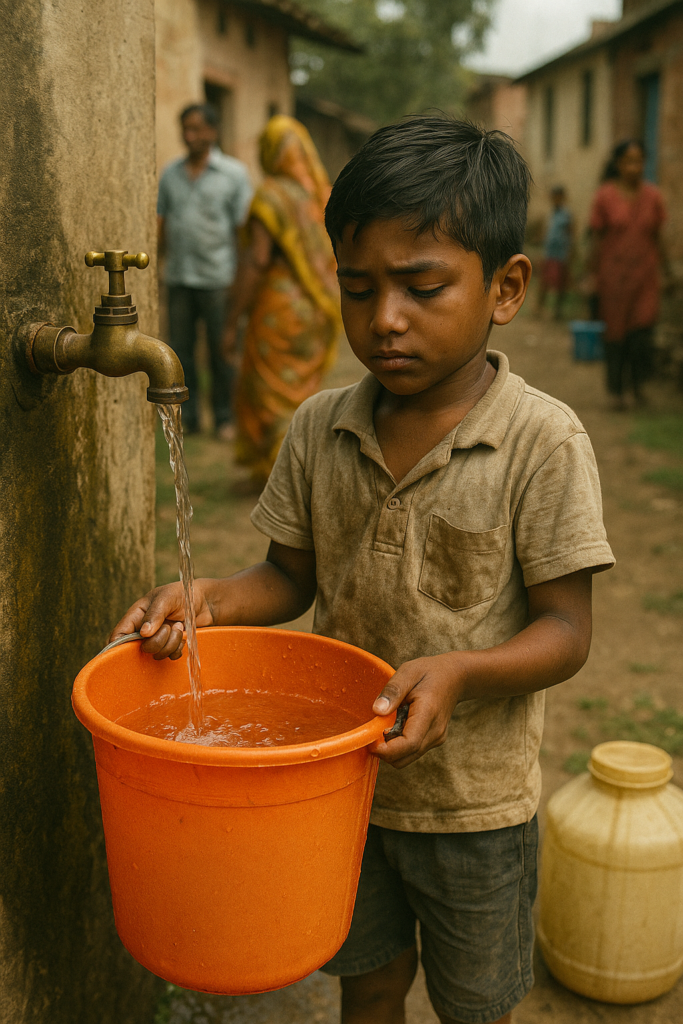Is Access to Basic Amenities Like Water Still a Challenge in India?
Water is a fundamental human necessity, yet millions in India still struggle to access clean and safe drinking water. Despite ambitious government programs and significant technological advances, the question remains: Is access to basic amenities like water still a challenge in India? The answer, unfortunately, is yes—for many, especially in rural and peri-urban regions.
1. The Uneven Distribution of Water Resources
India is home to 18% of the world’s population but holds only 4% of its freshwater resources. This imbalance is further complicated by regional disparities:
- States like Punjab and Haryana are relatively water-rich due to groundwater irrigation.
- Conversely, states like Rajasthan and parts of Maharashtra face acute water scarcity.
- River pollution and groundwater depletion add further strain to already limited resources.
2. Rural Areas Still Struggle with Basic Access
Despite the Jal Jeevan Mission’s goal to provide piped water to every rural household by 2024, many regions still lack consistent access:
- Over 30% of rural households still depend on wells, ponds, or handpumps.
- Seasonal water shortages are common in villages, especially during the summer months.
- Women and children often walk several kilometers daily just to fetch water.
3. Urban India Faces Its Own Set of Challenges
Urban residents may have more infrastructure, but the quality and reliability of water supply remain problematic:
- Many slums and unauthorized colonies are not connected to municipal water lines.
- Frequent water cuts and tanker dependence are common in cities like Delhi and Bengaluru.
- Water contamination from old pipelines and industrial waste is a major health hazard.
4. The Role of Climate Change and Poor Water Management
Erratic rainfall, depleting aquifers, and inefficient irrigation practices contribute to India’s water crisis:
- Floods and droughts disrupt regular water supply and storage systems.
- About 60% of irrigation is still done via outdated flood irrigation methods, wasting valuable water.
- Lack of rainwater harvesting and watershed development programs at scale limits replenishment.
5. Government Initiatives and Their Impact
Several initiatives aim to address water accessibility:
- Jal Jeevan Mission: Targets piped water for every rural household by 2024.
- Namami Gange: Aims to clean and rejuvenate the Ganga River and improve nearby water access.
- AMRUT and Smart Cities Mission: Focus on urban infrastructure upgrades, including water systems.
While progress has been made, execution gaps and corruption often delay results at the grassroots level.
Conclusion
To answer the question—Is access to basic amenities like water still a challenge in India?—the evidence says yes. While urban areas grapple with quality and distribution, rural areas face more fundamental issues of availability. Solving this challenge requires a multipronged approach involving infrastructure, technology, community participation, and sustained policy implementation.



